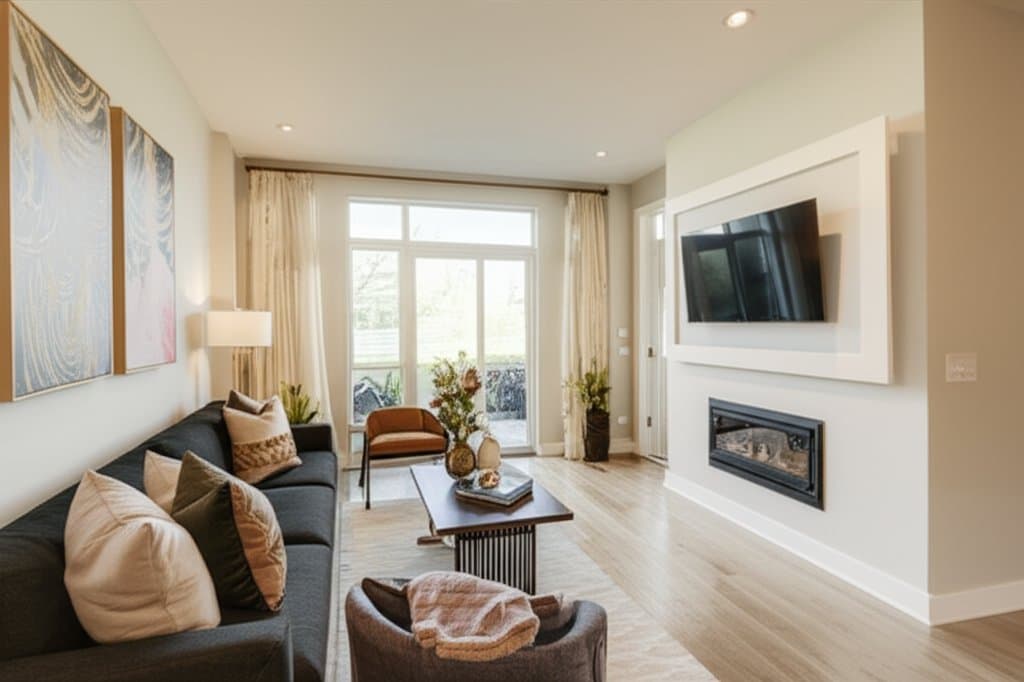Discover 3% Down Payment Programs for First-Time Buyers
I still remember the first time I sat down with a calculator and tried to figure out how much I would need for a down payment. My coffee went cold as I stared at the numbers. Saving what felt like mountains of money for a house seemed impossible. That is when I learned about low down payment programs, especially the ones that start at just 3 percent. Suddenly, the dream of owning a home did not feel so far away.
If you have been scrolling through listings and imagining your own place but feel stuck because of the upfront cost, you are not alone. Many first-time buyers think they need to put down 20 percent, but the truth is, there are programs that make the process much more approachable.
These 3 percent down payment programs are designed with first-time buyers in mind. They ease that first step into homeownership, making it less about impossible savings and more about achievable planning. Let us walk through what they are, how they work, and whether they might be the right fit for you.
Why Are These Programs Appealing to First-Time Buyers?
The appeal lies in the way they make the dream of homeownership tangible. You no longer need to wait years while rent eats away at your savings. Instead, you can step into your own place sooner and start building equity.
Some of the best benefits include:
- Lower upfront costs: You can buy a home with far less money saved.
- Faster path to ownership: Instead of renting for years, you can use your savings to get into a home now.
- Flexibility: Many programs allow gifted funds from family members to count toward the down payment.
- Equity growth: Once you own, you begin building equity instead of paying a landlord.
Of course, every benefit comes with a few caveats. Smaller down payments often mean higher monthly payments, and you may be required to carry private mortgage insurance (PMI). Still, for many first-time buyers, the trade-off is worth it.
What Do You Need to Qualify?
Every program has slightly different requirements, but there are a few general things lenders will look for:
- Credit score: A decent credit score is important, though some programs are more forgiving than others.
- Stable income: Lenders want to see consistent employment and reliable income.
- Debt-to-income ratio: This is a measure of how much of your income goes toward debt payments. Keeping this number lower helps your chances.
- First-time buyer status: Most programs define this as not having owned a home in the last three years.
If you meet these basics, chances are you can qualify for at least one of the programs.
How Can You Prepare Your Finances?
Saving for a down payment, even a smaller one, still takes some planning. Here are a few practical steps to get you closer:
- Set a savings goal: Calculate 3 percent of your target home price so you know what number to aim for.
- Trim your budget: Small cuts in daily expenses can add up over months of saving.
- Automate savings: Set up a dedicated account and transfer money into it regularly.
- Look for assistance: Many states and local governments offer down payment assistance programs that can stack with these loans.
Even if you cannot save a huge amount, small consistent efforts can make a big difference.
Are There Risks Involved?
No program is perfect, and it helps to go into this with open eyes. A smaller down payment means you start with less equity in your home. If the market shifts, it could take longer to build value.
Also, your monthly payments may feel tight if you stretch your budget too far. It is not just about qualifying for the loan, it is about making sure the payments fit into your life comfortably.
The key is to look at your budget honestly. Consider what you spend on groceries, utilities, and daily life. If your mortgage payment leaves you without breathing room, it may be worth adjusting your price range.
Living With Your Choice
Once you step into your new home, the numbers start to feel less abstract. You will notice the filtered morning light through your own windows, the quiet joy of unpacking boxes into a space that is fully yours, and the steady comfort of making payments that build your future instead of someone else’s.
The beauty of these 3 percent down programs is that they transform your dream into a reality sooner. They let you move from wishing to living, from waiting to enjoying. Yes, you will still have responsibilities like paying PMI and keeping up with maintenance, but that is part of the journey.
Personal Touches
As you settle in, the home becomes more than numbers on a loan document. Maybe you will finally paint your walls in earthy tones like mustard or terracotta, or you will lay down patterned tiles in the kitchen that catch the afternoon light just right. These are the little details that remind you why you took the leap in the first place.
It is not just about buying property, it is about creating a place that reflects you. The smaller down payment opened the door, but the way you fill the space is what makes it home.
Making It Happen
If you are serious about buying, the next step is simple. Start by talking to lenders and asking specifically about 3 percent down payment programs. Compare options, look at interest rates, and ask about assistance programs in your area. Even a short conversation can give you clarity about what is realistic for you.
